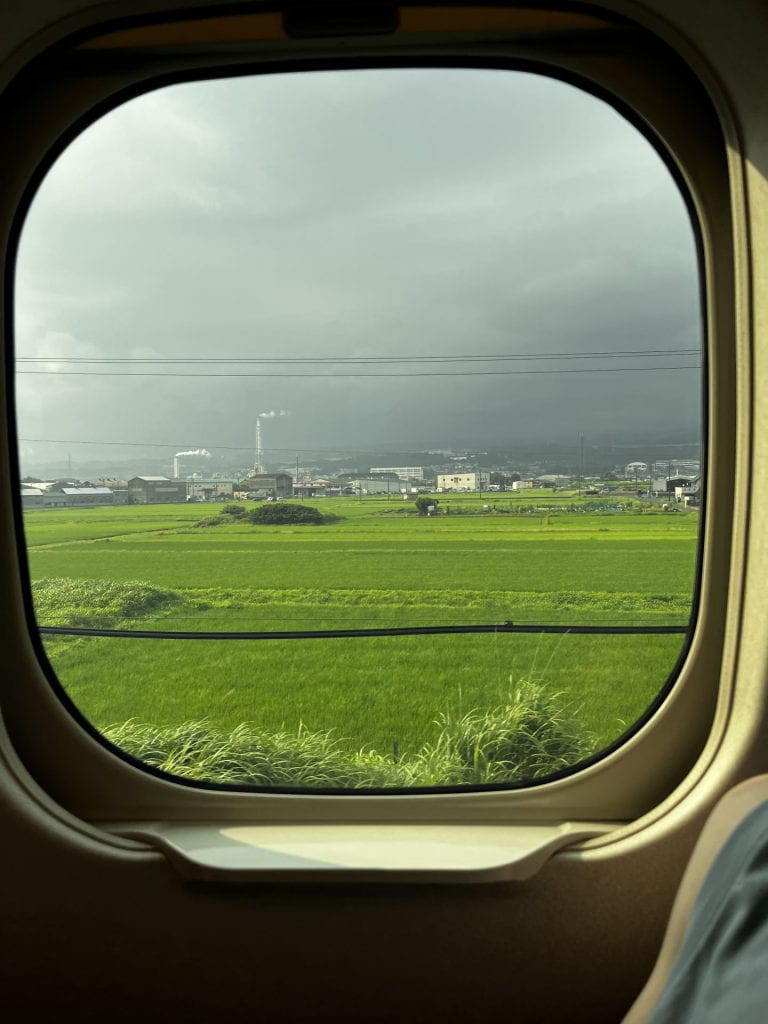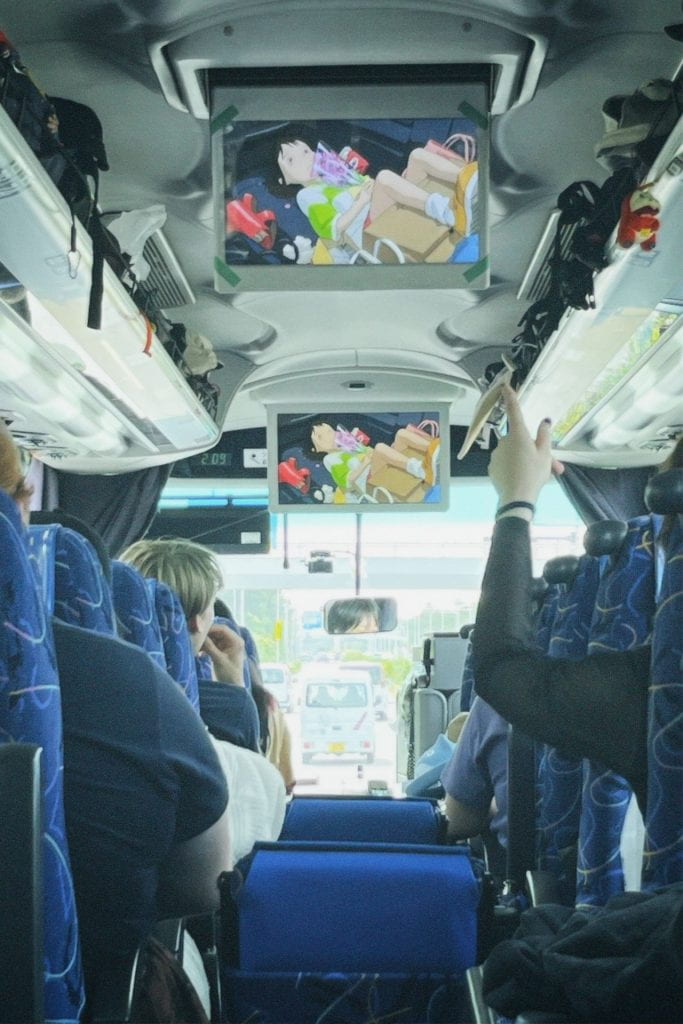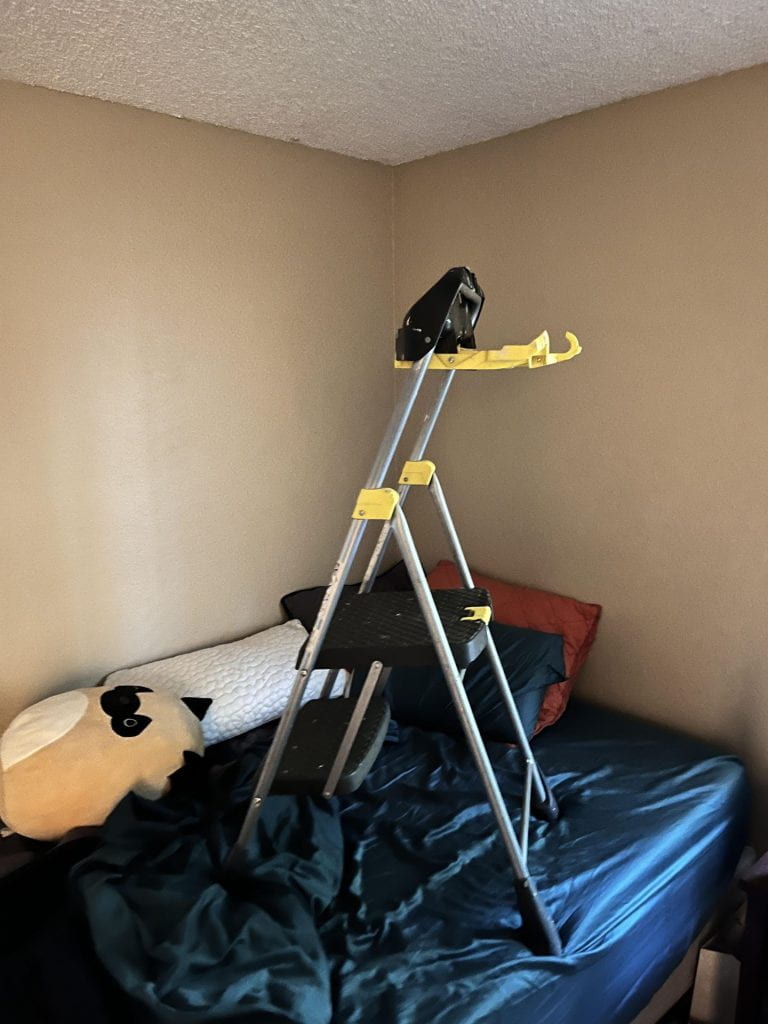
“IMAX camera in the wild” by cowboycoffee is licensed under CC BY-NC-ND 2.0.
SUMMARY
Role
Editor
Intention (SMART Goal)
By Nov. 17, as part of team #2 as editor, I will have evidence of color correction and audio balancing by following Why Short Films have a certain look for Session 1.
PRE-PRODUCTION – INQUIRY
Leader(s) in the Field / Exemplary Work(s)
Simon Cade (DSLRguide)
- Has been making informational content on Youtube for over 10 years
- Trust worthy in his ability to be resourceful for so long in making content and help his audience make films themself. His goal is to help aspiring filmmakers.
Training Source(s)
Notes:
0:39 What is a short film compared to a feature
1:55 Comparing Whiplash’s short and feature film elements
2:18 The 5 factors that determine the look of a film
2:29 Camera quality factors in film
3:24 The biggest factor in the quality of a film is the experience of the crew and actors
3:59 What it really comes down to is making the world believable and that comes with experience
Stage
4:39 Stage and Set design
Lighting
8:33 Importance of lighting
8:43 Contrast
Color Correction
10:13 Color grading and post-production made to achieve a certain look
Project Timeline
- Planning
- Storyboard
- Props list
- Rough Script
- Advanced Storyboard
- Shot-list
- Revised Script
- Location scouting
- Filming
- Sound collection (ADR)
- Editing
- Final Product
Proposed Budget
Evidence of Team Planning and Decisions
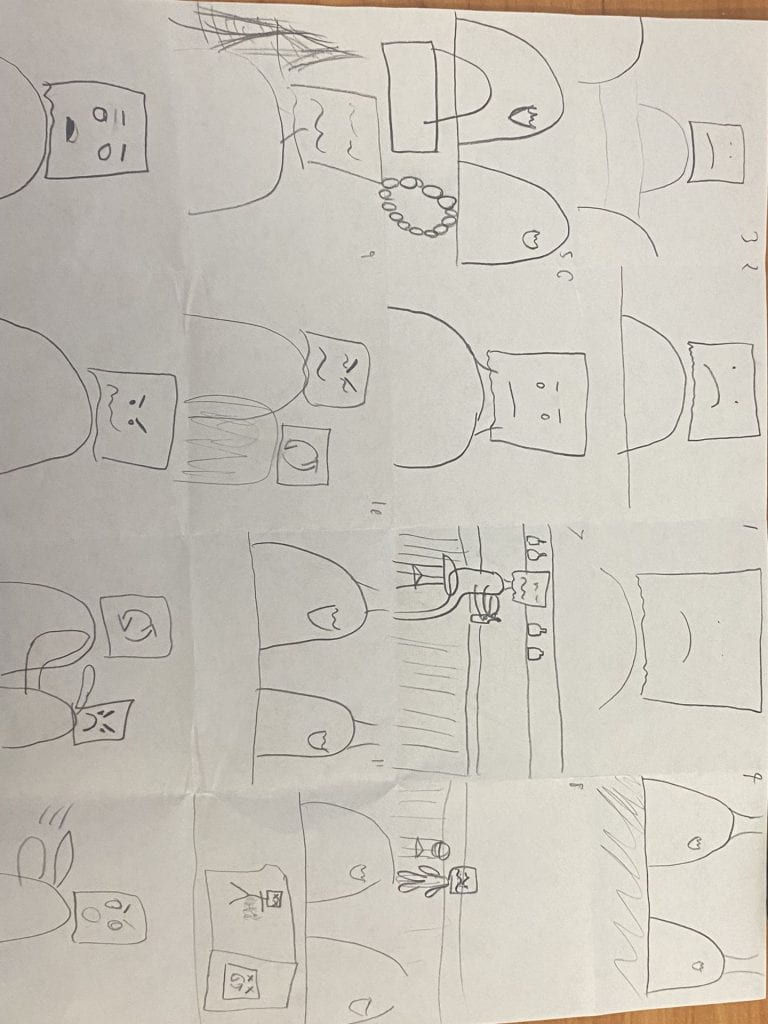
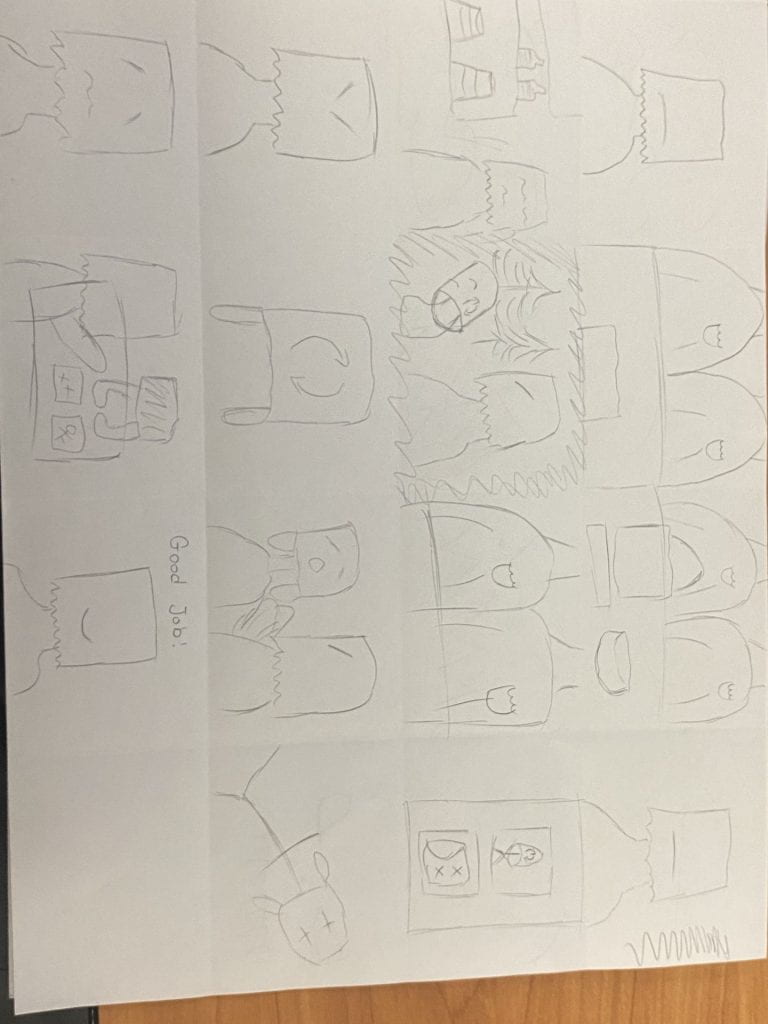
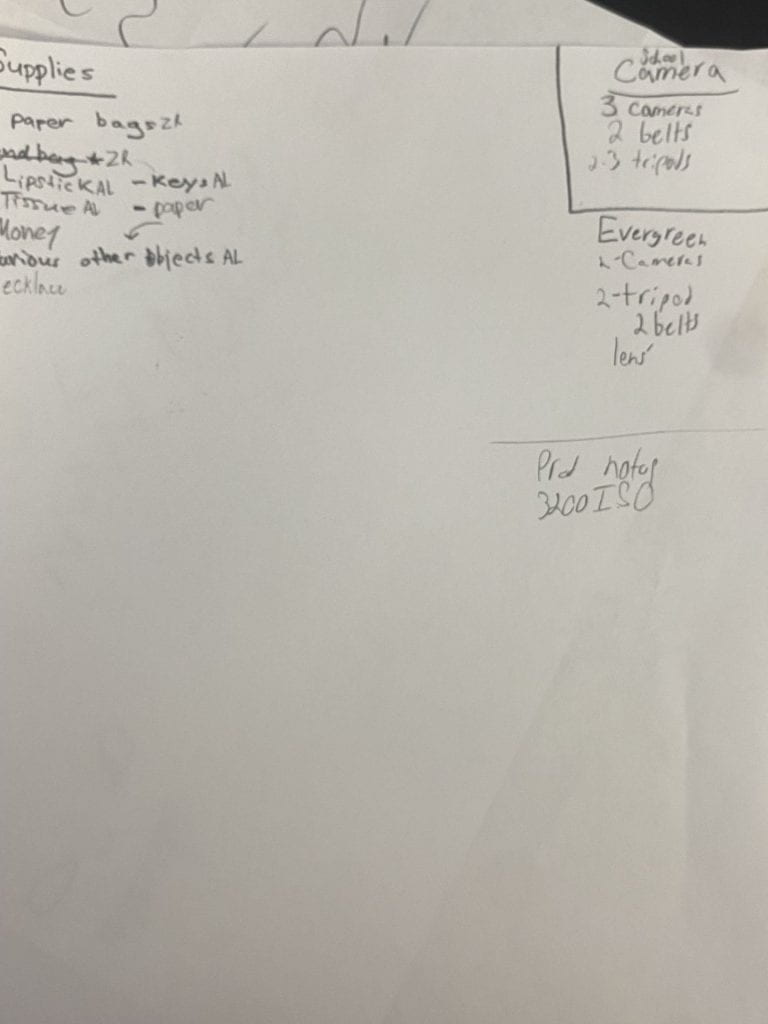
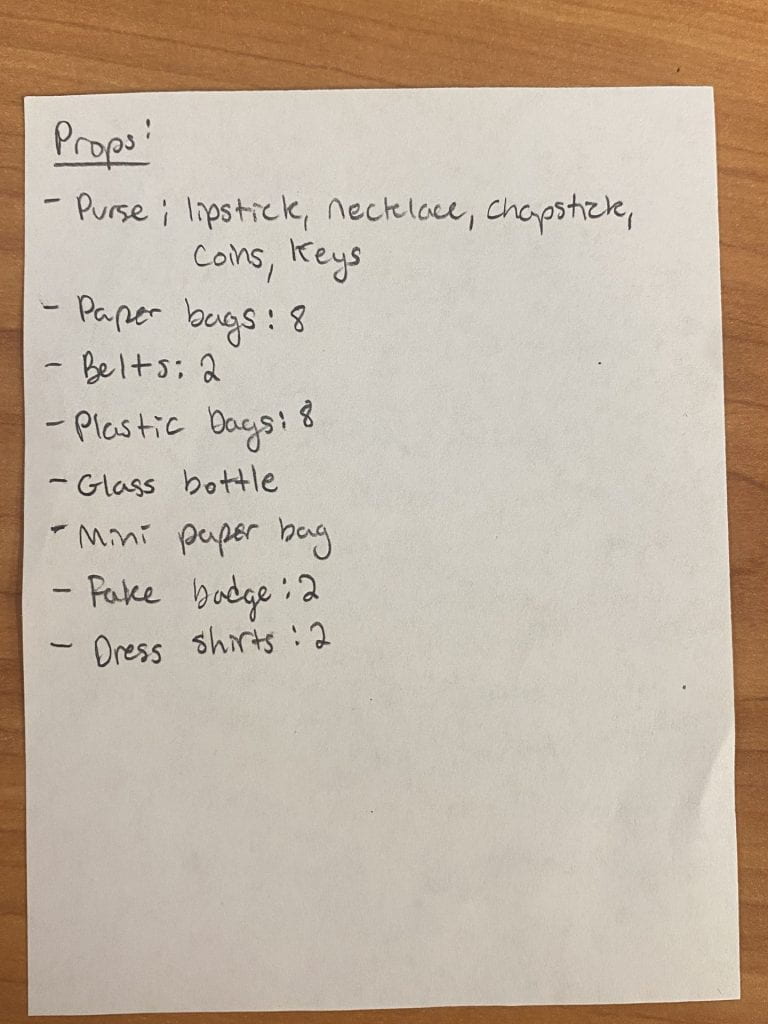
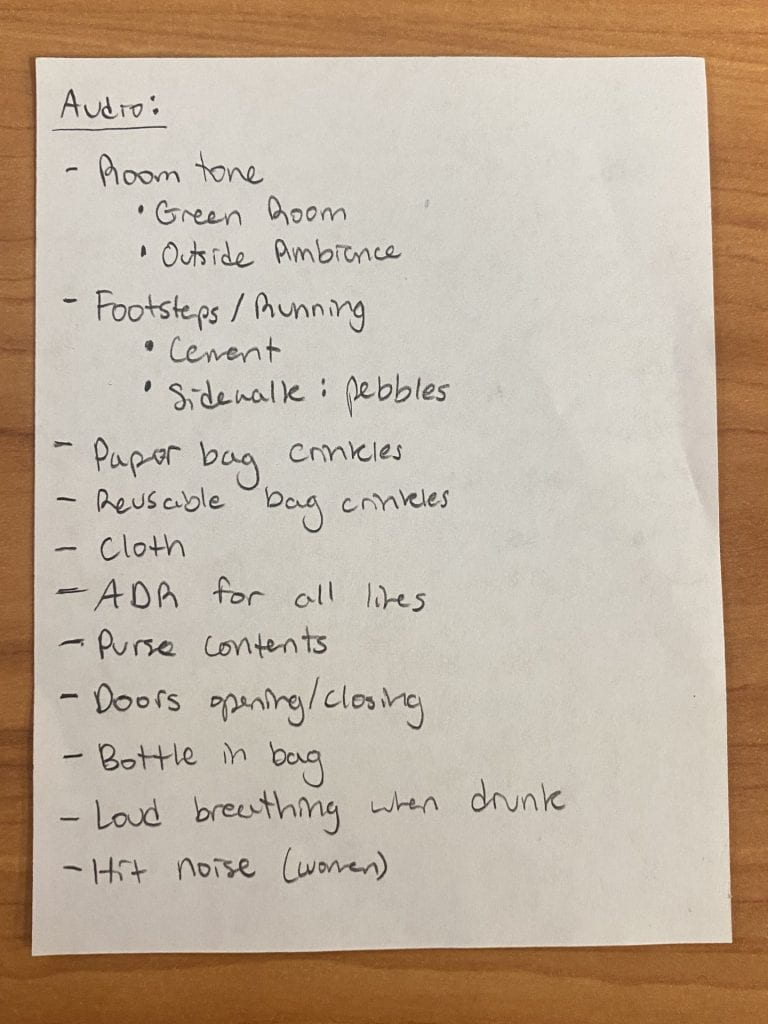
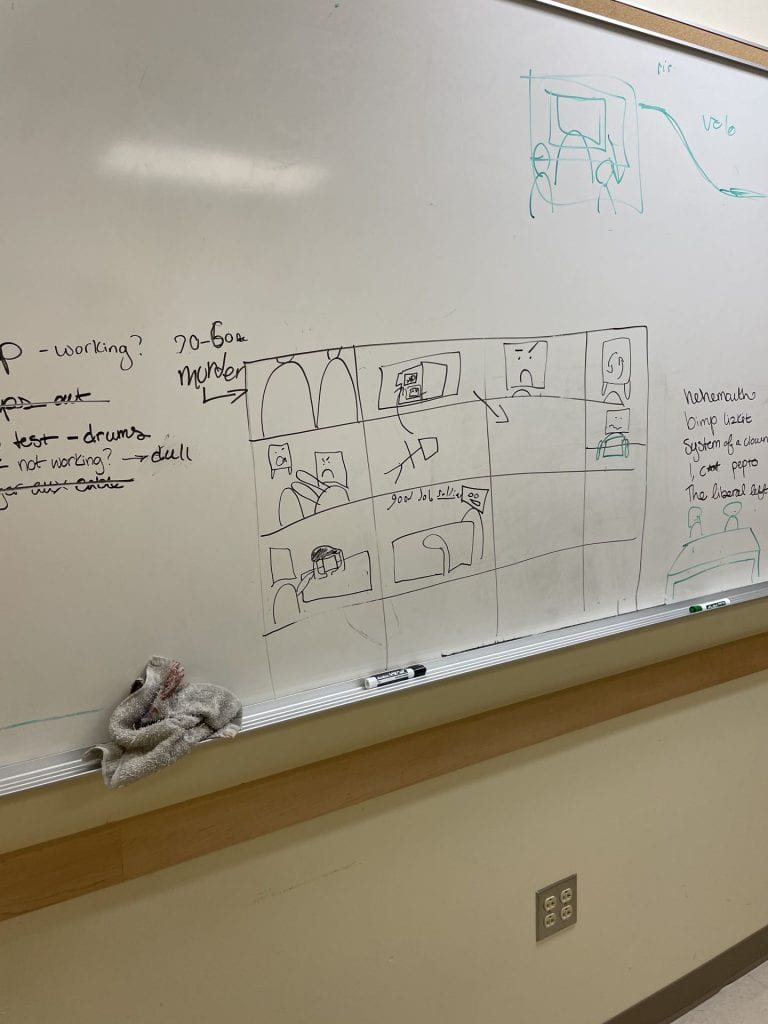
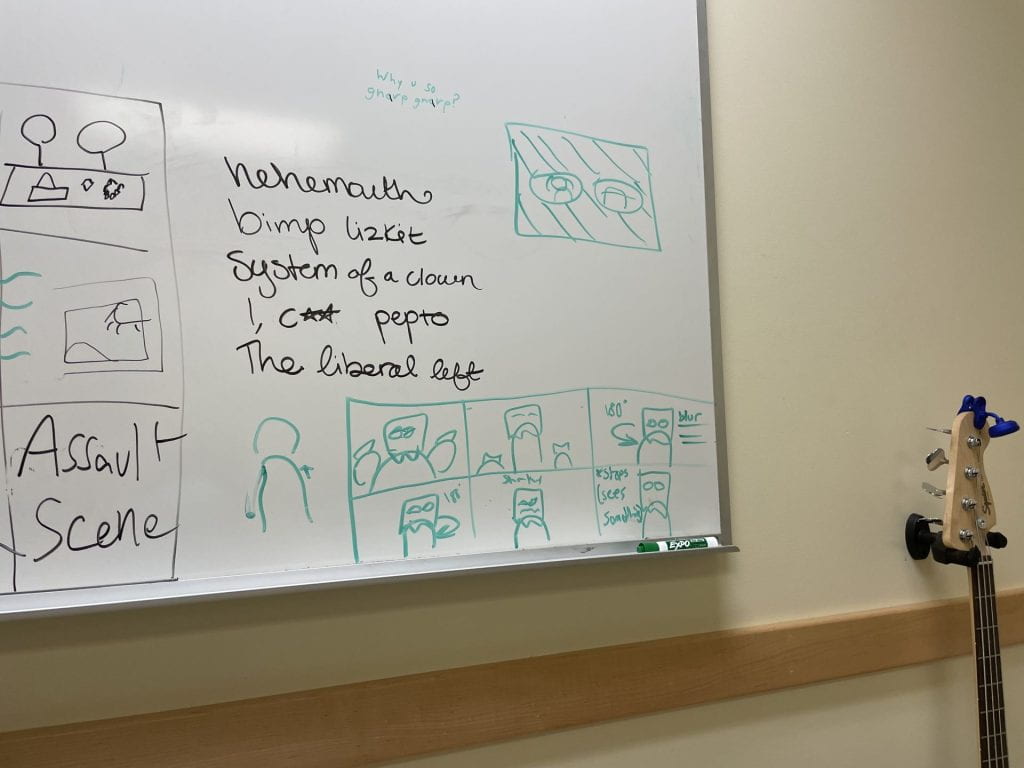
PRODUCTION – ACTION
The (FILM, SOUND, or GAME Creation)
Skills Commentary
Audio
When going into the project, I really wanted to learn how to make the audio feel natural. In my previous films, something always seemed to feel off when it came to audio and filling space. The audio always seemed so unnatural and this made the overall pacing of the films feel all over the place.
With this production, I collaborated with the audio designer to make most things on screen to have noise. It makes the film feel so much more natural, especially when we only use ADR for dialogue. When I initially got my hands on the ADR, I realized that the audio sounded like it was recorded in a studio (because it was). I used Premiere Pro’s audio reverb editors to make the sound feel much more natural and not like in a studio. With all the audio in the film, I used audio panning to make the noise feel like it was coming from a certain direction on screen. This added to the feeling and immersion of the film and it felt a lot less like a student production.
Color Correction
With this film, I also wanted to focus on color correction to create something that didn’t feel like a student film. Typically student films feel very grey and lack any color. By using luma curves, deep colors, and light tones, I could make the film feel much more professional and full of life.
POST-PRODUCTION – REFLECTION
21st Century Skills
Ways of Thinking (Creativity, Innovation, Critical Thinking, Problem Solving)
Me and my group needed to think critically when trying to meet our goals while trying our best. We mostly wanted to get our goals met this session and not focus on the details, so we each collaborated to get our own evidence and meet our goals.
Ways of Working (Communication & Collaboration)
We had to collaborate a lot to meet our end goals and meet goals in production along the way. We needed to work together to meet our individual goals which was most important for us.
Tools for Working (Info & Media Literacy)
I used YouTube which shared how student films all have a similar look because of certain styles and techniques used.
Ways of Living in the World (Life & Career)
I learned how to meet our individual goals while collaborating together.
Reactions to the Final Version
Peer Feedback: “It didn’t look like a student film visually”
Advisory Member: “Great concept and world”
Self-Evaluation of Final Version
I could have done more to make the pacing better, but I believe I did my best to use sounds and color correction to make the film seem less student-like.
Grammar and Spelling
Grammarly
Editor
Zac
